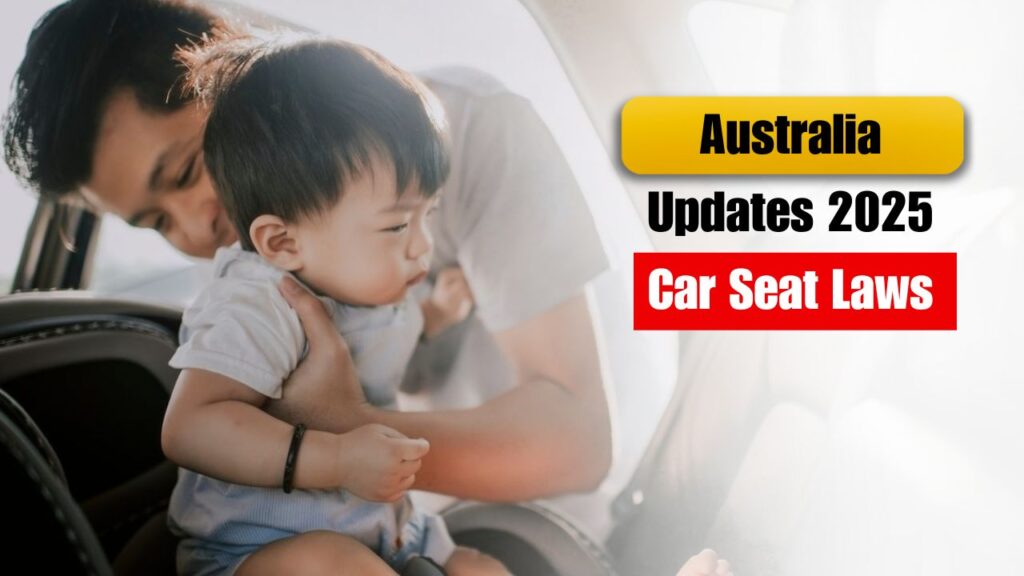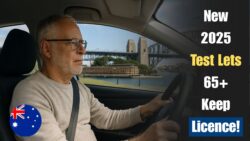In 2025, Australia is advancing child passenger safety through updated rules around child car seats. These changes aim to tighten standards, increase clarity on age-based restraint transitions, and strengthen enforcement across states and territories. Parents, caregivers and transport agencies must adapt to new mandates to ensure compliance and protect young passengers. With shifting requirements on forward-facing harnesses, booster seats and adult seatbelts, staying informed will be vital across all Australian jurisdictions.

Stricter Safety Standards & Approved Restraints
One of the biggest changes in 2025 is the reinforcement of stricter safety standards for child car seats sold and used in Australia. All new restraints must meet the Australian/New Zealand Standard AS/NZS 1754, including improved crash test performance, side-impact protection, and mandatory upper tether anchors. Many states are phasing out older models that lack modern safety features. Users will be required to ensure their child restraint is clearly labelled with the current standard, and authorities may enforce removal of non-compliant seats from sale or use.
Age, Height & Transition Milestones Across States
In 2025, rule harmonisation is pushed further so transitions from rear-facing to forward-facing, then to booster seats, and eventually to adult seatbelts are more synchronized across Australian jurisdictions. Typically, children under 6 months must ride in a rear-facing infant restraint; between 6 months and under 4 years must use a harnessed seat (rear or forward facing); from 4 to under 7 years in forward or booster seats; and from 7 to 16 years in a booster or adult seatbelt. Some states may adopt stricter height cutoffs or require delayed transitions to seatbelt use.
Enforcement, Penalties & Compliance Checks
To enforce the new 2025 rules, road authorities will intensify inspections and fines for non-compliance. Drivers found with incorrectly restrained children may face fines, demerit points, or mandated education courses. Car dealerships and retailers may also be audited to ensure only compliant seats are sold. Parents should expect periodic spot checks and formal child restraint checking stations to verify correct installation and usage across all Australian states and territories. Enforcement aims to drive behaviour change and remove unsafe products from circulation.
State-by-State Variations & Implementation Timeline
While the federal direction sets standards, each Australian state or territory may phase in the new rules at different times. Some jurisdictions might allow a transitional period for older seats to remain legal until a cutoff date. Local road safety authorities will publish deadlines for full compliance. Consumers should check their state’s transport website for specific dates. For example, Western Australia already outlines clear restraint requirements by age group. Victoria, New South Wales, Queensland and other states will likely announce staggered implementation steps in 2025.
| Child Age / Height | Required Restraint Type | Key Mandates in 2025 |
|---|---|---|
| 0 to under 6 months | Rear-facing infant restraint | Must use AS/NZS 1754 compliant seat with upper tether |
| 6 months to under 4 years | Rear or forward facing harnessed seat | May remain rear-facing as long as within height limits |
| 4 years to under 7 years | Forward-facing or booster seat | Booster allowed once harness limit exceeded |
| 7 to 16 years | Booster or adult seatbelt | Use adult seatbelt only if child meets height/fit tests |
Additional Considerations & Best Practices
Beyond regulatory changes, 2025 emphasises correct fitting, regular inspections, and education. Parents should register their restraint with manufacturers for safety updates or recalls. Visiting certified child restraint fitting stations is encouraged to ensure secure installation. Always check that harness straps are snug and that the top tether is properly anchored. Never use a seat that’s expired, damaged, or involved in a crash. Additionally, children with medical conditions may require specialist restraint exemptions—seek a medical certificate if needed.
Frequently Asked Questions (Australia child seat 2025)
Q: When can a child move from a booster to an adult seatbelt?
A: When they meet the height, age or ‘Five Step Test’ criteria per state laws.
Q: Are older non-standard seats banned immediately?
A: Often there’s a grace period—check your state’s effective date for removal of non-compliant models.
Q: Must all car seats have a top tether?
A: Yes, from 2025, upper tether anchors become mandatory in most harnessed restraints.
Q: Can I use a European or US car seat in Australia?
A: Only if it carries the Australian standard AS/NZS 1754 certification.






